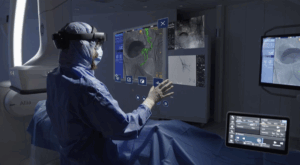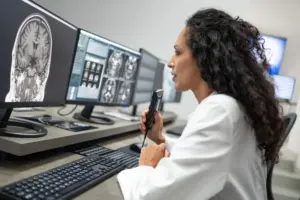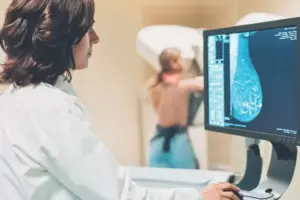
mlHealth 360 Receives FDA Clearance for Scaida BrainCT-ICH: Canada’s First AI Solution for Intracranial Hemorrhage Triage
SURREY, BC, Dec. 4, 2025 /PRNewswire/ – mlHealth 360 today announced that the U.S. Food and Drug Administration (FDA) has granted 510(k) clearance (K250694) for Scaida BrainCT-ICH, an AI-powered triage solution designed to address critical bottlenecks in acute care radiology.









